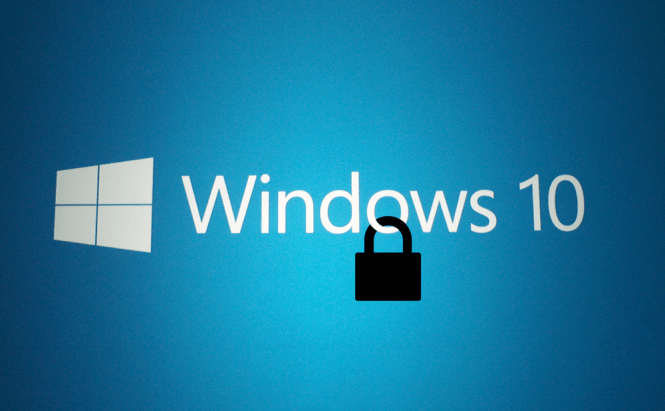 Is Windows Defender all the Windows 10 security you need?
Is Windows Defender all the Windows 10 security you need?
Microsoft is always trying to improve Windows Defender and give it all the functionality required to turn it into a complete security solution solution for Windows 10. In case you needed an example, just recently, the IT giant has added added a very interesting feature which allows the security tool to automatically delete deceptive disk cleanup tools. But, despite the company's best efforts, many are still skeptical about relying solely on Windows Defender. Are they right?
Firstly, for those of you who are unfamiliar with the topic, Windows Defender is a Microsoft-made anti-malware and antivirus tool that has been around for quite a while. It started out as an anti-spyware application mostly known for its capability to easily remove ActiveX software, then slowly evolved into a full-fledged antivirus solution. However, its importance grew considerably over the last six months, since the IT giant has decided to make it the default protection tool for Windows 10.
As far as features are concerned, the application is pretty much on par with most of the other free antivirus solutions on the market providing real-time protection, browser integration, cloud integration, etc. However, unlike all the other antivirus solutions, Microsoft's product doesn't keep nagging you with pop-up screens and never interrupts your movie or your games to ask you to pay for an upgrade. These two factors alone make me think that Windows Defender is the best way to go for those who don't want to spend money on a security product.
The biggest downside to using Windows Defender is that, for some unknown reasons, Microsoft didn't integrate it with the context menu, so you won't be able to quickly scan a specific folder. Fortunately, there's a very easy way to fix this problem: in case you remember, a while back I wrote an article called "How to fix Windows 10's privacy issues with Windows Tweaker". Windows Tweaker, the tool presented in that story, also allows you to add a Scan with Windows Defender button to the Windows right-click menu.
In my experience, there is a couple of products that Windows Defender cannot replace, but whether you actually need those products or not depends entirely on how you use your PC and how much experience you have. Let's start out with the experience factor:
- In case you've been surfing the Web regularly for more than three years, you probably have a good idea about the websites that can be dangerous, when not to follow a link or when not to download a file, so you can make do with Windows Defender just fine.
- If you're someone who doesn't have an extensive experience with PCs and the Internet or a person who simply was never interested in security issues, then you should probably have a few additional tools installed. If you have the money for a paid solution, then I would recommend either Kaspersky or BitDefender, since almost every security website ranks them as the best in the field. In case you don't want to spend any money, I recommend using two additional tools: the free version of Malwarebytes Anti-Malware that offers better infection removal options and Microsoft's EMET, a tool that prevents hackers from exploiting memory vulnerabilities in Windows.
As for the importance of how you use the PC, things are quite simple: if you mostly use it for visiting social networks and watching videos on YouTube, Windows Defender is all you need. But if you often download files from shady sources such as torrent or warez websites I recommend you install one of the previously mentioned additional security tools.
From a personal standpoint, if I had to choose between Windows Defender and any other free antivirus application out there, I would choose Microsoft's product. The tool covers all your basic security needs, and since there is no antivirus solution, paid or free, that is 100% effective, Microsoft's product seems like a good compromise. Furthermore, it's already there, so you don't have to put any effort into installing it, and your only concern is to make sure that you allow Windows to constantly update the application.



